Whether they are odd in appearance or behavior, there are several supernatural plants with unique and eerie ways in which they exist in our world. Some plants look like other unnatural things for a purpose, while other plants have associations with witchcraft. There are even some different plant species that can bring themselves back to life!
In this article, we will go over a brief list of some plants with supernatural origins, behaviors, and appearances. These include the strange and eerie as well as the beautiful and misunderstood. Let’s get started and discuss some potentially supernatural plants now!
Bleeding Hearts
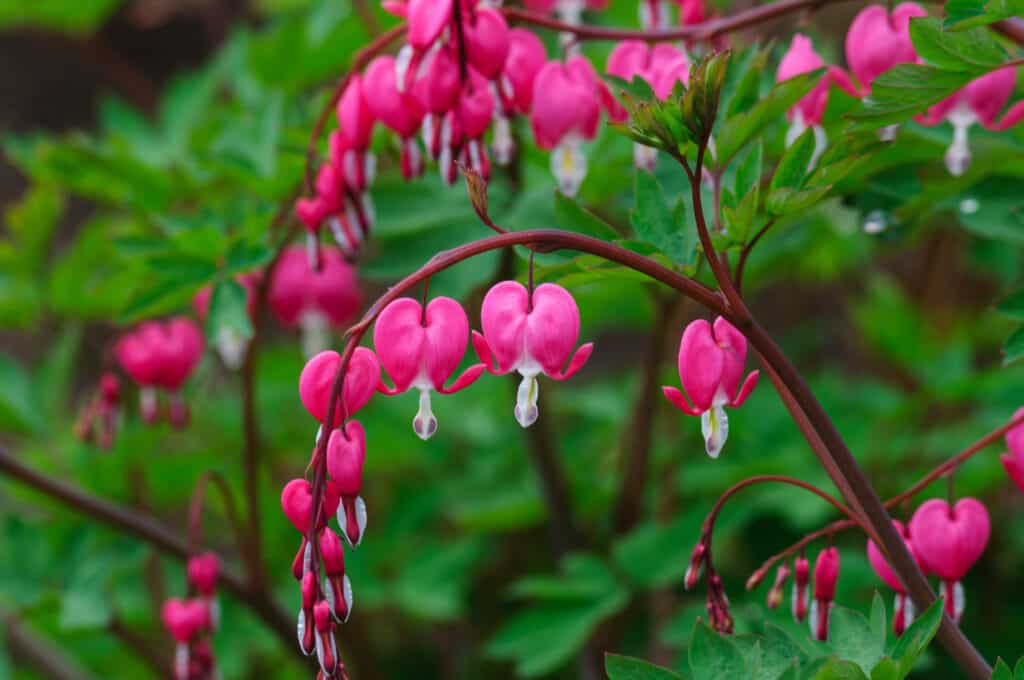
Illustrated in various Chinese poetry and literature, bleeding hearts are considered a flower of romance and love worldwide.
©Vahan Abrahamyan/Shutterstock.com
While Lamprocapnos spectabilis is arguably the most iconic of the bleeding hearts species, several types of bleeding hearts exist. Most of these beauties thrive in moist conditions, especially the Pacific Northwest variety. Illustrated in various Chinese poetry and literature, bleeding hearts are considered a flower of romance and love worldwide. In addition, the roots of bleeding hearts are used as purifiers in traditional Chinese medicine, despite their toxicity.
Belladonna
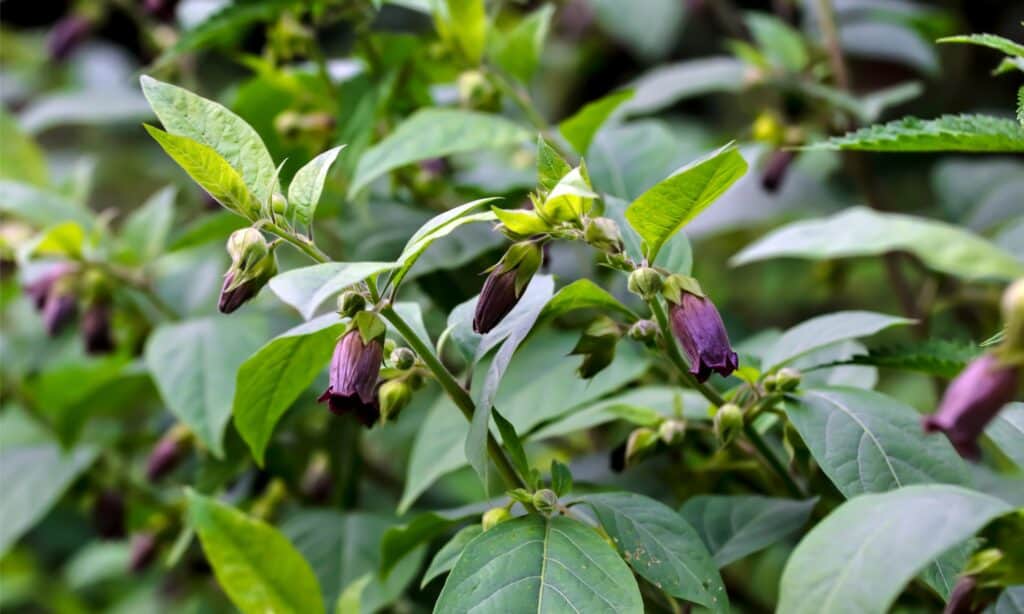
Highly poisonous, belladonna is regarded as a magical
plant
.
©iStock.com/Werner Meidinger
Another toxic plant, belladonna, is also known as the deadly nightshade. Long-revered in witchcraft, belladonna was historically used in potion making, hallucinogenic ointments, and even in beauty products. Native to Europe, some cattle and rabbit species can consume deadly nightshade without any adverse effects. However, know that it remains toxic to cats and dogs if you are interested in planting this magical plant on your property.
Monkshood
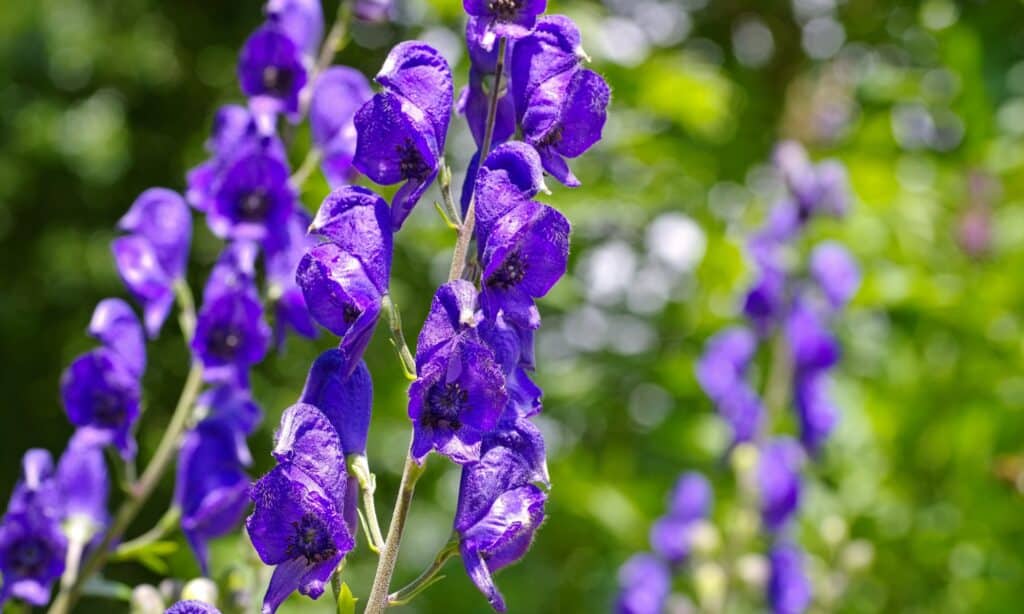
Also known as wolfsbane or aconite, monkshood is another toxic, magical plant.
©iStock.com/LianeM
Aleister Crowley wrote about the magical properties of monkshood, and he wasn’t the only one. Also known as wolfsbane or aconite, monkshood is another toxic, magical plant. It is said that Hecate, the goddess of witchcraft, created this poisonous flower species. With a large number of species and cultivars, you can likely find a variety of monkshood flower that looks beautiful in your garden, so long as you plant them with care.
Ghost Pipe
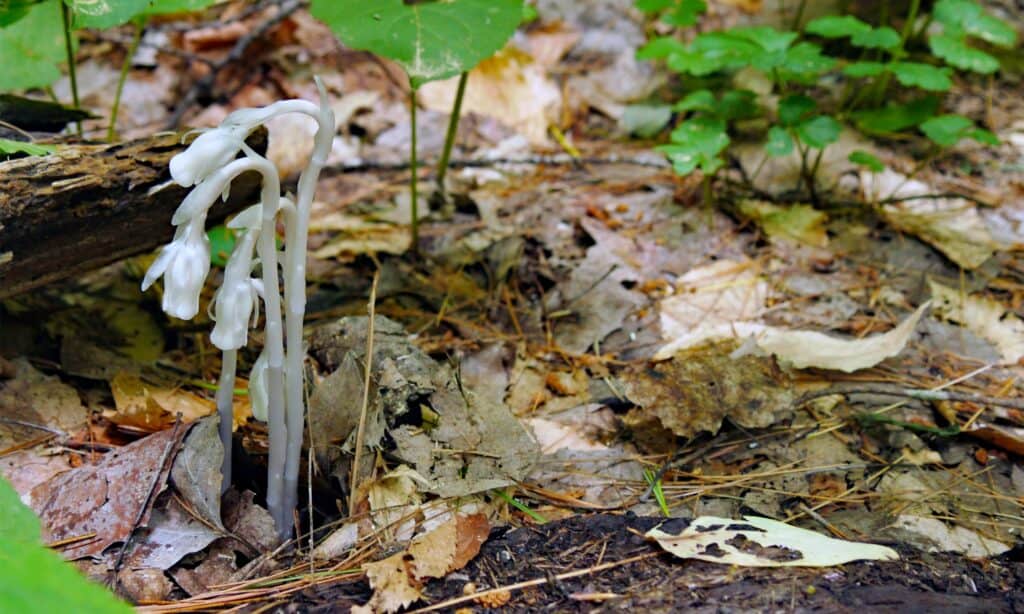
The conditions needed for ghost pipes to grow are fairly rare.
©iStock.com/Jennifer Seeman
Classified as Monotropa uniflora, ghost pipes are exceedingly unique. Only sprouting and maturing in days under specific conditions, this plant doesn’t produce chlorophyll, giving it a ghostly white appearance. It is also a parasitic plant, taking food, energy, and resources from types of fungi and trees. Ghost pipes are legendary for their brief lifespan and ability to grow in damp conditions after a long period of drought. They are considered extremely special, given that they cannot be removed from their ecosystem and survive.
Cobra Lily
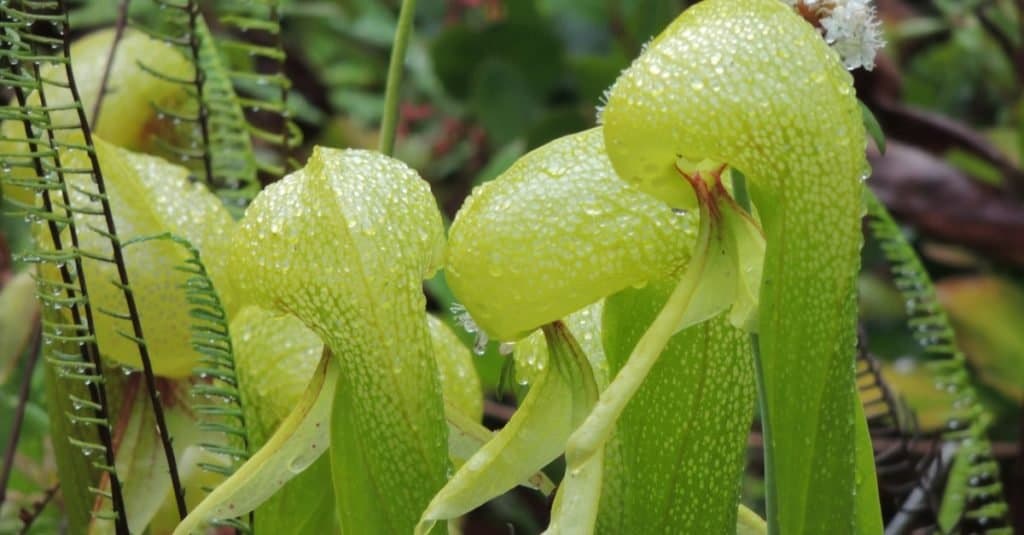
With a deep pitcher and slippery inner leaves, any fly or
insect
that gets lost within a cobra lily plant can’t escape!
©Arty Alison/Shutterstock.com
Also known as the California pitcher plant, cobra lilies are native to Northern California and Oregon. A carnivorous plant, cobra lilies resemble cobras about to strike. It is unclear how cobra lilies reproduce, making them a relatively rare plant. With a deep pitcher and slippery inner leaves, any fly or insect that gets lost within a cobra lily plant can’t escape!
Resurrection Plant

The resurrection plant can survive with only a 5% moisture content.
©iStock.com/Annetka
Native to the Chihuahuan Desert, resurrection plants are fascinating. Also known as the false star of Jericho, resurrection plants can survive years without proper water, retaining zero damage to their plant structure so long as they have a 5% or greater moisture content. Curling tightly into a ball without water, resurrection plants are considered novelty plants nowadays. When watered, these plants open up and transform; you can watch them change their shape within a couple of hours!
Vervain

Also known as verbena, vervain is a magical plant with many associations, such as dream divination and sacred subjects.
©Danny Hummel/Shutterstock.com
Wiccan writers and Pliny the Elder wrote about vervain for its supernatural prowess and history, even known as the Tears of Isis in Ancient Egypt. Also known as verbena, vervain is a magical plant with many associations, such as dream divination and sacred subjects. If you aren’t interested in the healing and supernatural history of vervain, you can grow it in your garden and attract many different butterfly species!
Artemisia
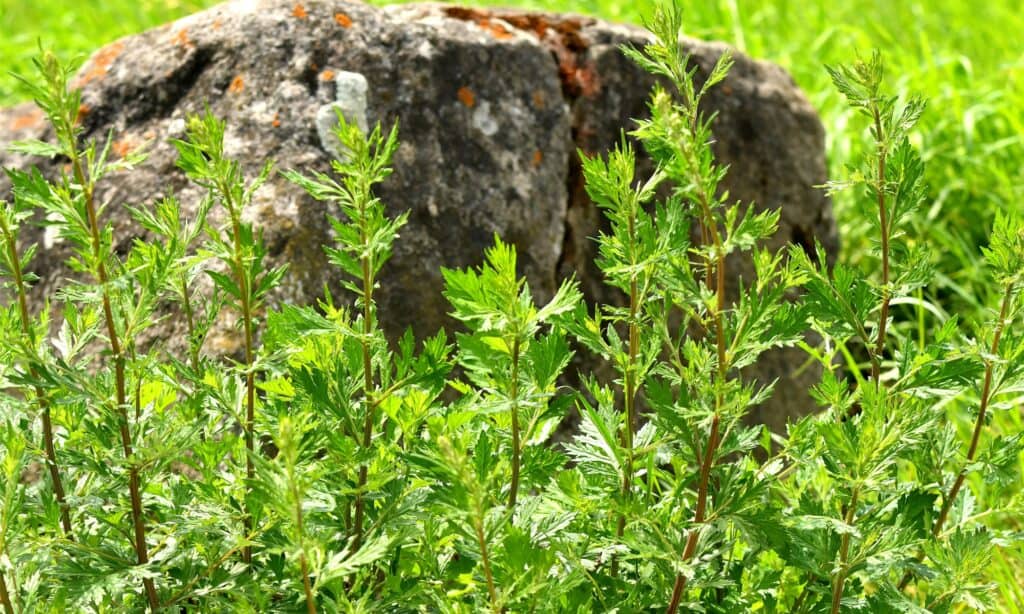
Used frequently in witchcraft and medicinal settings, the artemisia genus is a supernatural plant genus to pay special attention to!
©iStock.com/HansJoachim
There are nearly 400 different species of artemisia, including mugwort and wormwood. While this is a fairly large group of plants, many different artemisia species have magical associations and connotations, including mentions in the Bible. Used frequently in witchcraft and medicinal settings, the artemisia genus is a supernatural plant genus to pay special attention to!
Stone Plants

Most stone plants thrive indoors with other succulents.
©iStock.com/PicturePartners
First discovered in the early 1800s, stone plants are fascinating plants to consider growing in your own home. A type of succulent, stone plant closely resembles rocks on the ground–so much so that they were thought to be rocks when first harvested! You can easily grow stone plants indoors or out in proper conditions, so long as you keep their succulent nature in mind!
Up Next
- 8 Extinct Plants
- Discover the Best Magical Plants for Your Witch’s Garden
- Dutchman’s Breeches vs. Bleeding Heart: What Are The Differences?
The photo featured at the top of this post is © iStock.com/PicturePartners
Sources
- Bleeding Heart: A Review for Growers, Available here: https://journals.ashs.org/horttech/view/journals/horttech/22/4/article-p517.xml
Thank you for reading! Have some feedback for us? Contact the AZ Animals editorial team.






